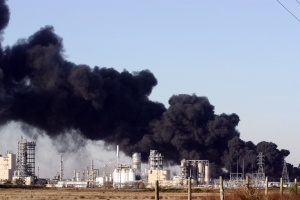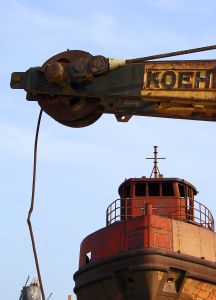The U.S. Department of Transportation (DOT) is now urging that all motorists inspect their tires to help prevent a car accident in Massachusetts and elsewhere during the hot summer months. Motorists are urged to check that their tires are properly inflated and to make sure that there are no signs of tread wear or damage. This information was recently released in a consumer advisory from the DOT.

In an additional attempt to increase the awareness of proper vehicle safety measures, the Department has kicked off their National Tire Safety Week campaign. This campaign aims to spread the word of these precautionary steps as the summer travel season begins and resident driving increases.
Our Boston personal injury attorneys urge that all motorists regularly check their vehicles as the safe upkeep of your car can help to keep you safe from potentially fatal car accidents. It is encouraged that motorists always keep an eye on tire pressure, oil levels, oil pressure and other important details of your vehicles performance, not only for safety but to help you save money and avoid a costly mishap.
“As the weather warms up, it’s especially important for drivers to ensure their tires are properly inflated,” Secretary Ray LaHood said. “For your safety and the safety of others on the road, inspect your tires regularly and maintain the proper inflation.”
The National Highway Traffic Safety Administration recently released new data that showed nearly 3,500 people died from tire-related accidents between 2005 and 2009. The data also concluded that roughly 116,000 people suffered injuries from these preventable accidents.
“While it’s true improperly maintained tires can contribute to a crash at any time of year, it is particularly critical for motorists to check tires during hot weather, when families and luggage often overload vehicles for long vacation trips,” NHTSA Administrator David Strickland warned. “Underinflated tires spinning on hot asphalt for extended periods of time can be a recipe for disaster.”
This newly released consumer report suggests that motorists check their tire pressure before venturing out on long trips and to check it periodically. Aging tires and hot weather can be a recipe for disaster as older, more worn tires are more susceptible to heat stress. They’re even more susceptible if they’re not properly inflated or taken care of.
Vehicle owners are urged to check the sidewall to see how old their tires are. They’re also urged to check with the vehicle’s manual or tire manufacturer for the recommendations on how often to change the tires.
Properly inflates tires will not only help to keep you safe during your summer travel, but will help you to save a little money too. The Department of Energy reports that under-inflated tires can lower gas mileage by nearly 0.5 percent for every 1 PSI (pound per square inch) drop in pressure of all four tires.
This means that a typical fuel-economy rating of 30 MPG and a 35 PSI tire pressure recommendation, a drop of 25 percent in tire pressure would mean that you’re losing out on nearly 9 percent in fuel economy. This means a drop of 2.6 MPG. That’s a big loss!
Continue reading
 Boston Personal Injury Attorney Blog
Boston Personal Injury Attorney Blog




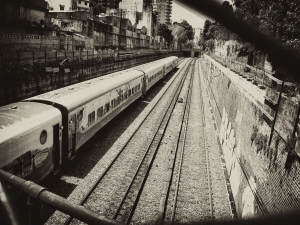
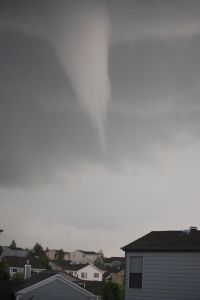

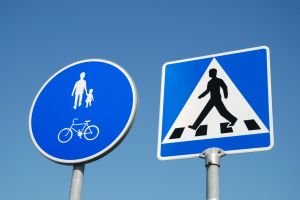

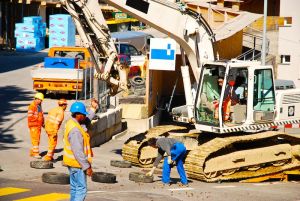 “If you’re working outdoors, you’re at risk for heat-related illnesses that can cause serious medical problems and even death,” said
“If you’re working outdoors, you’re at risk for heat-related illnesses that can cause serious medical problems and even death,” said 